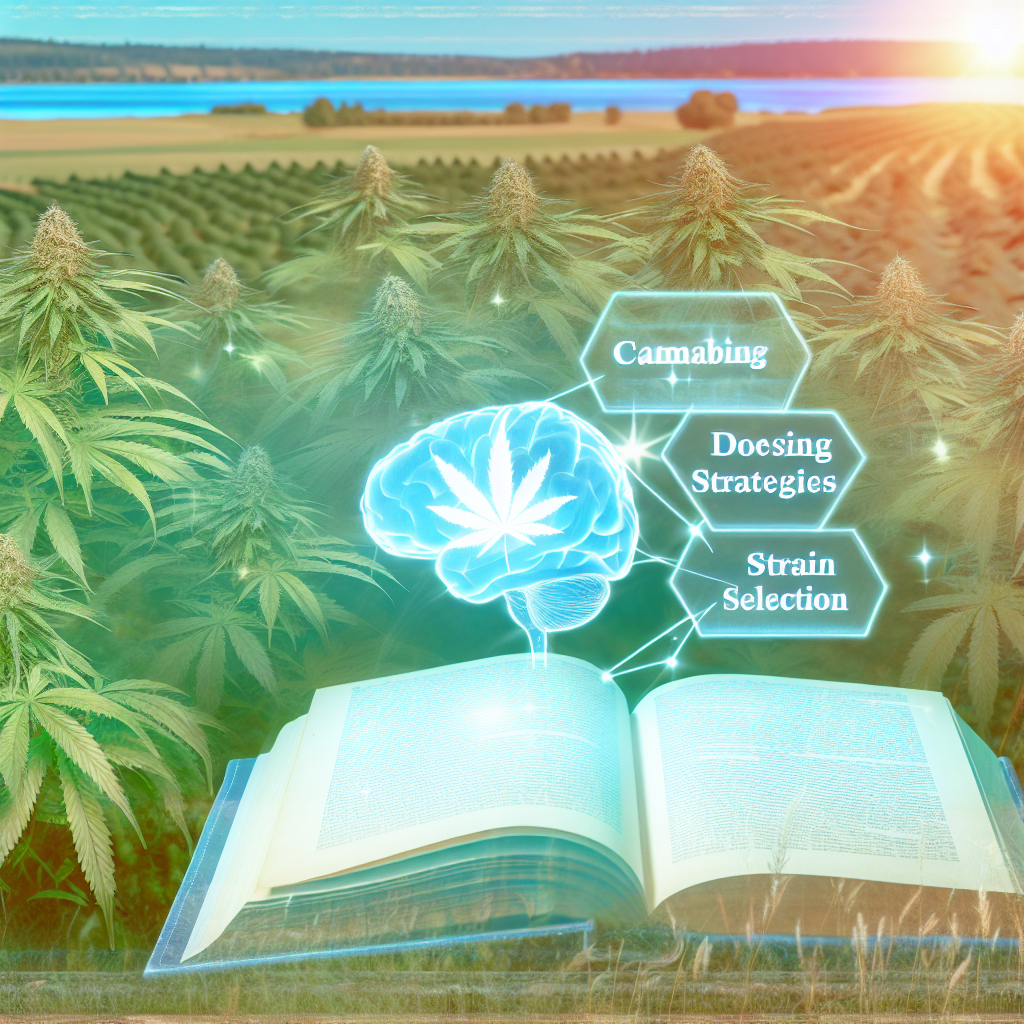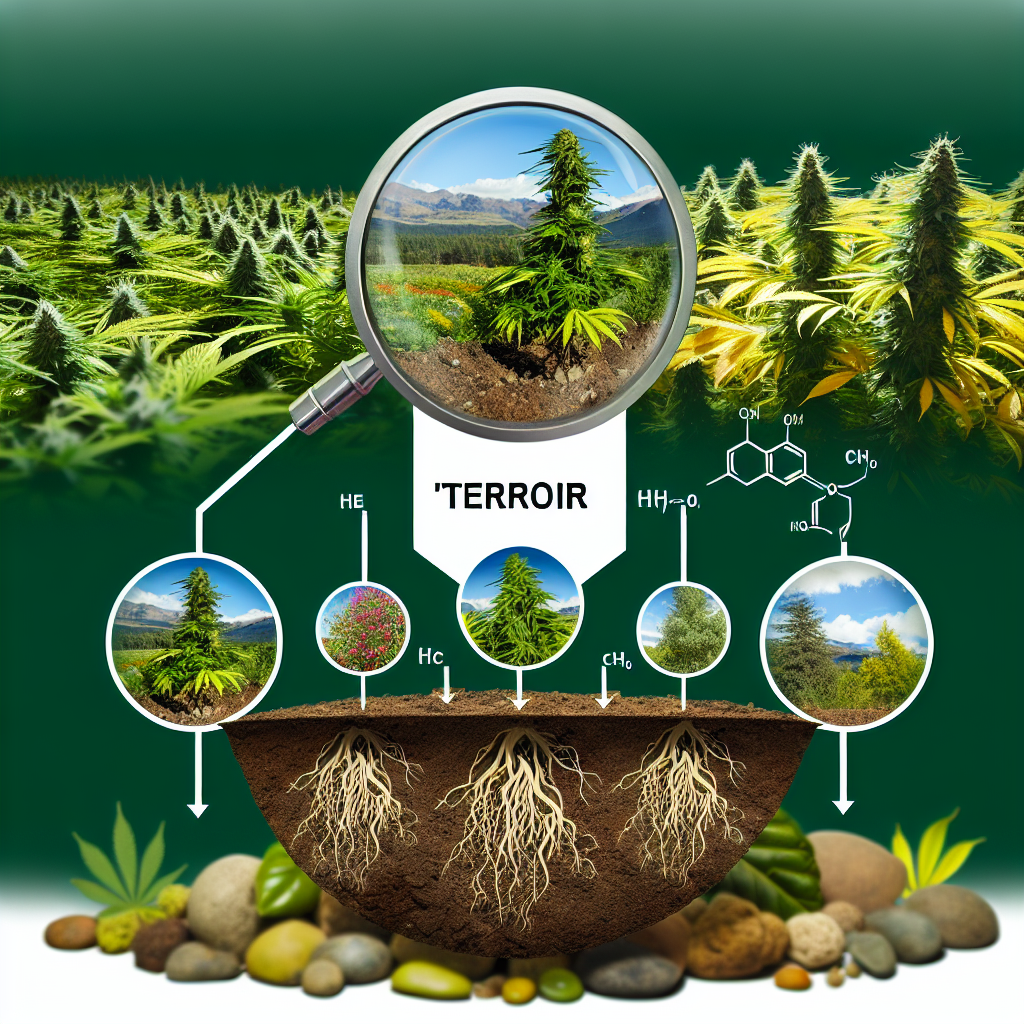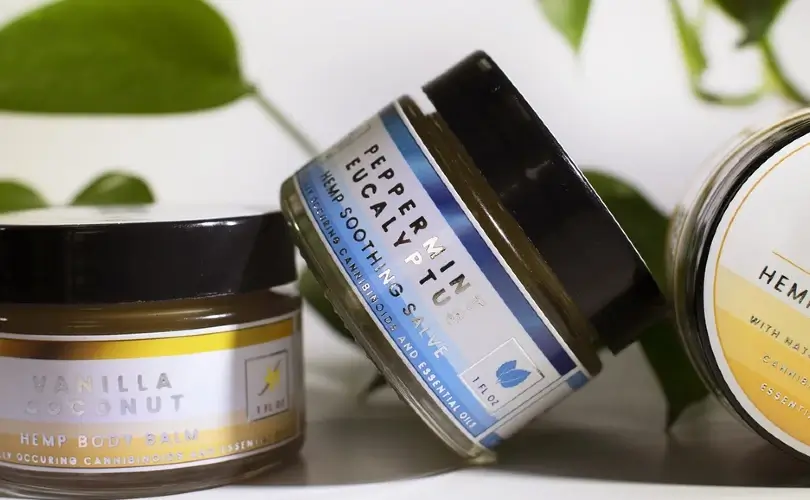Cannabis for PTSD: Dosing Strategies and Strain Selection Guide
Introduction
Post-Traumatic Stress Disorder (PTSD) affects millions of individuals worldwide, particularly military veterans, first responders, and trauma survivors. Characterized by severe anxiety, nightmares, flashbacks, and emotional distress, PTSD can significantly impact daily life. While traditional treatments such as psychotherapy and pharmaceuticals offer relief for some, many patients continue to struggle with persistent symptoms and medication side effects.
In recent years, cannabis has emerged as a promising alternative for PTSD symptom management. Research suggests that cannabinoids like THC (tetrahydrocannabinol) and CBD (cannabidiol) may help regulate mood, reduce anxiety, and improve sleep—all crucial factors for PTSD sufferers. These compounds interact with the endocannabinoid system, which plays a key role in emotional regulation and stress response.
However, using cannabis effectively for PTSD requires careful attention to strain selection and dosing. Since reactions to THC and CBD vary among individuals, understanding the therapeutic nuances of cannabis is crucial. The right strain can provide relief, while the wrong one may exacerbate anxiety. Personalizing cannabis treatment to match symptoms and tolerance levels can greatly enhance therapeutic outcomes.
This comprehensive guide explores the best cannabis dosing strategies, the effects of different cannabinoids, and the top strains for PTSD relief. Whether you’re a patient seeking cannabis as a treatment option or a dispensary professional guiding patients, this article will offer practical insights for optimizing cannabis-based PTSD therapy.
Dosing Strategies and Cannabinoid Considerations
THC vs. CBD: Finding the Right Balance
THC and CBD, the most well-known cannabinoids in cannabis, interact differently with the brain and body.
– THC: A psychoactive compound known for inducing relaxation, altering perception, and elevating mood. It may help with PTSD-related nightmares and sleep disruptions.
– CBD: A non-psychoactive compound recognized for its anti-anxiety and anti-inflammatory properties. It can help with reducing stress, anxiety, and mood fluctuations.
For PTSD patients, balancing THC and CBD is critical for symptom relief without aggravating anxiety. Some individuals find THC-dominant strains beneficial for improving sleep, while those prone to THC-induced anxiety may prefer CBD-rich strains or a balanced 1:1 THC-to-CBD ratio.
Microdosing: Maximizing Benefits While Minimizing Side Effects
High THC doses can sometimes intensify anxiety or discomfort. Microdosing—taking small, controlled amounts of cannabis—allows PTSD patients to experience therapeutic effects without strong psychoactive responses.
– Starting Dose: 2.5 to 5 mg of THC or a similar dose of CBD.
– Gradual Increase: Slowly adjust the dose based on symptom response and tolerance.
Microdosing helps PTSD sufferers maintain relaxation, emotional stability, and focus without overwhelming intoxication.
Choosing the Right Delivery Method
– Vaporization: Fast-acting relief for acute anxiety or distressing episodes.
– Edibles: Longer-lasting effects, ideal for sleep disturbances and nighttime symptom control.
– Tinctures/Oils: Precise dosing with quick sublingual absorption, great for consistent symptom management.
– Capsules: A discreet, controlled dosing option suitable for medical patients.
The best delivery method depends on individual needs, symptom severity, and lifestyle preferences.
Strain Selection Guide
Best Strains for PTSD Relief
Choosing the right cannabis strain is essential for successful PTSD management. Different strains offer varying therapeutic benefits:
Indica-Dominant Strains (For Relaxation & Sleep Improvement)
1. Granddaddy Purple – Helps with insomnia and anxiety, offering deep relaxation.
2. Northern Lights – Reduces stress, promotes full-body calm, and enhances sleep quality.
3. Purple Kush – Provides emotional relief and deep physical relaxation.
Balanced Hybrid Strains (For Moderate Relief & Daytime Use)
1. Harlequin (1:1 CBD-to-THC ratio) – A well-balanced strain that reduces anxiety while maintaining mental clarity.
2. Cannatonic – High in CBD, helping with anxiety and stress without strong psychoactive effects.
3. Blue Dream – Offers mild euphoria and mood enhancement for daytime PTSD relief.
Sativa-Dominant Strains (For Energy & Mood Boosting)
1. Sour Diesel – Energizing and mood-enhancing, ideal for PTSD patients with depressive symptoms.
2. Jack Herer – Promotes cerebral clarity, focus, and stress reduction.
3. Durban Poison – Uplifting, increases motivation, and combats PTSD-related depression.
Indica strains work best for nighttime relief, while sativas and hybrids can help with daytime symptom control without excessive sedation.
Scientific Research Supporting Cannabis for PTSD
Numerous scientific studies have recognized cannabis’s potential in PTSD treatment:
– A 2020 study published in *Cannabis and Cannabinoid Research*: PTSD patients who used cannabis regularly reported significantly greater symptom reductions compared to non-users. ([Study](https://www.liebertpub.com/doi/full/10.1089/can.2019.0023))
– A 2021 study from *Frontiers in Pharmacology*: Demonstrated CBD’s anxiolytic (anti-anxiety) properties, helping with PTSD-related anxiety and intrusive thoughts. ([Study](https://www.frontiersin.org/articles/10.3389/fphar.2021.654865/full))
– A 2019 study in *Journal of Psychopharmacology*: Found that THC consumption before sleep reduced PTSD-related nightmares. ([Study](https://journals.sagepub.com/doi/full/10.1177/0269881119841560))
These findings highlight the importance of individualized cannabis treatment and proper strain selection to effectively manage PTSD symptoms.
Conclusion
Cannabis presents a valuable alternative treatment for PTSD, offering anxiety relief, improved sleep, and emotional stabilization. However, finding the right strain and dosage is crucial to avoid unwanted side effects such as increased anxiety or paranoia.
– Balancing THC and CBD is essential for optimal therapeutic effects.
– Microdosing can help patients benefit from cannabis without overwhelming psychoactive effects.
– Choosing the right strain (indica, sativa, or hybrid) based on symptoms is key to effective symptom management.
While further research is needed, current studies and personal experiences suggest that cannabis can be an effective tool in PTSD therapy. If you’re considering cannabis for PTSD, consult a healthcare professional to tailor a regimen that suits your unique needs.
100 Word Summary:
Cannabis offers a promising alternative treatment for PTSD, with research suggesting cannabinoids like THC and CBD can help regulate mood, reduce anxiety, and improve sleep – all crucial factors for PTSD sufferers. However, using cannabis effectively requires careful attention to strain selection and dosing, as individual reactions to THC and CBD vary. This guide explores the best cannabis dosing strategies, the effects of different cannabinoids, and the top strains for PTSD relief. By balancing THC and CBD, microdosing, and choosing the right strain, patients can optimize cannabis-based PTSD therapy and find relief from persistent symptoms.



